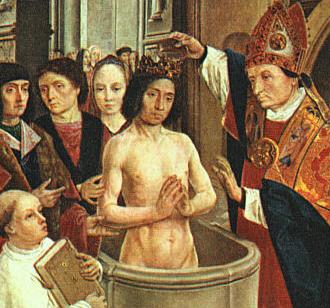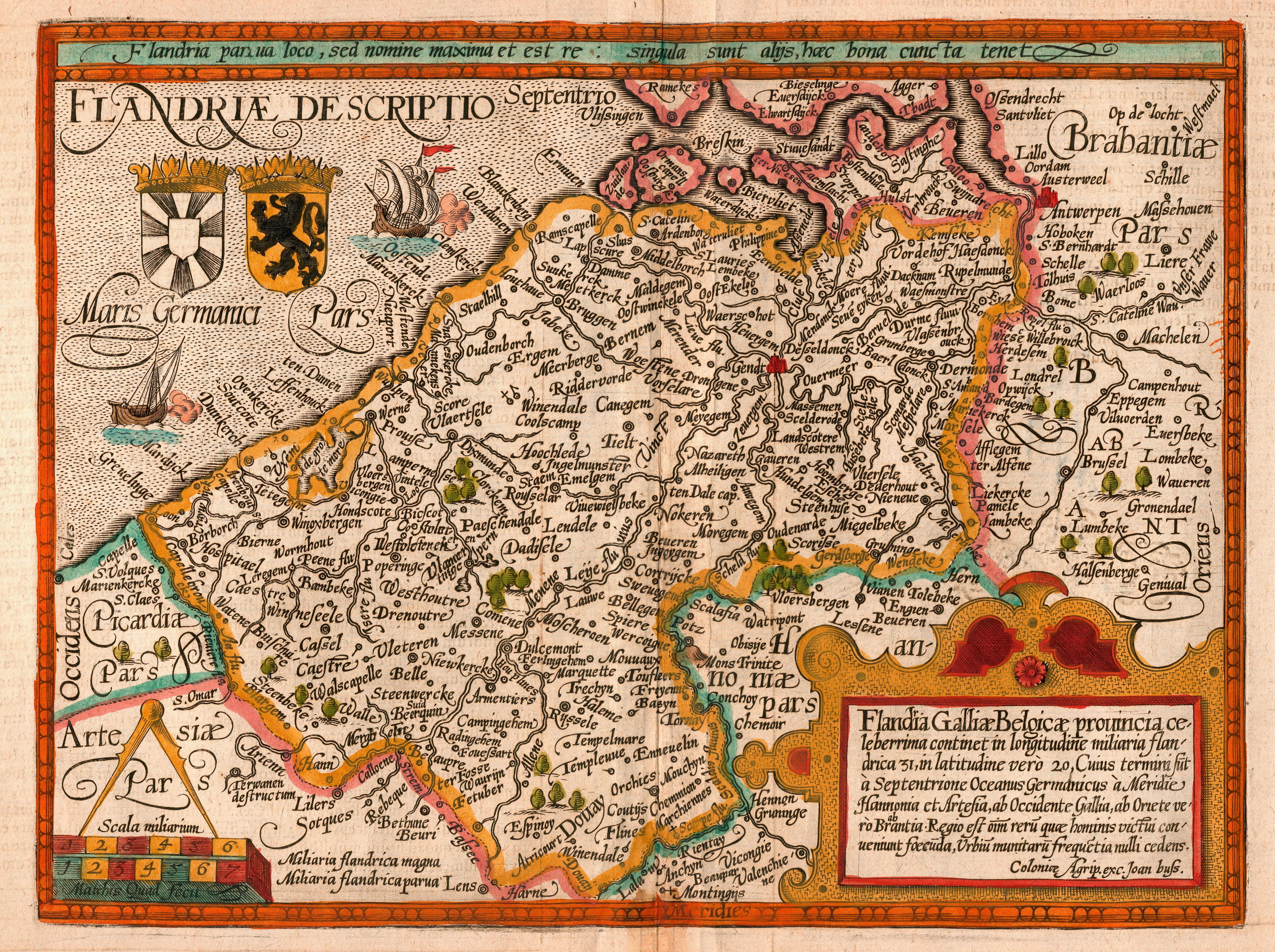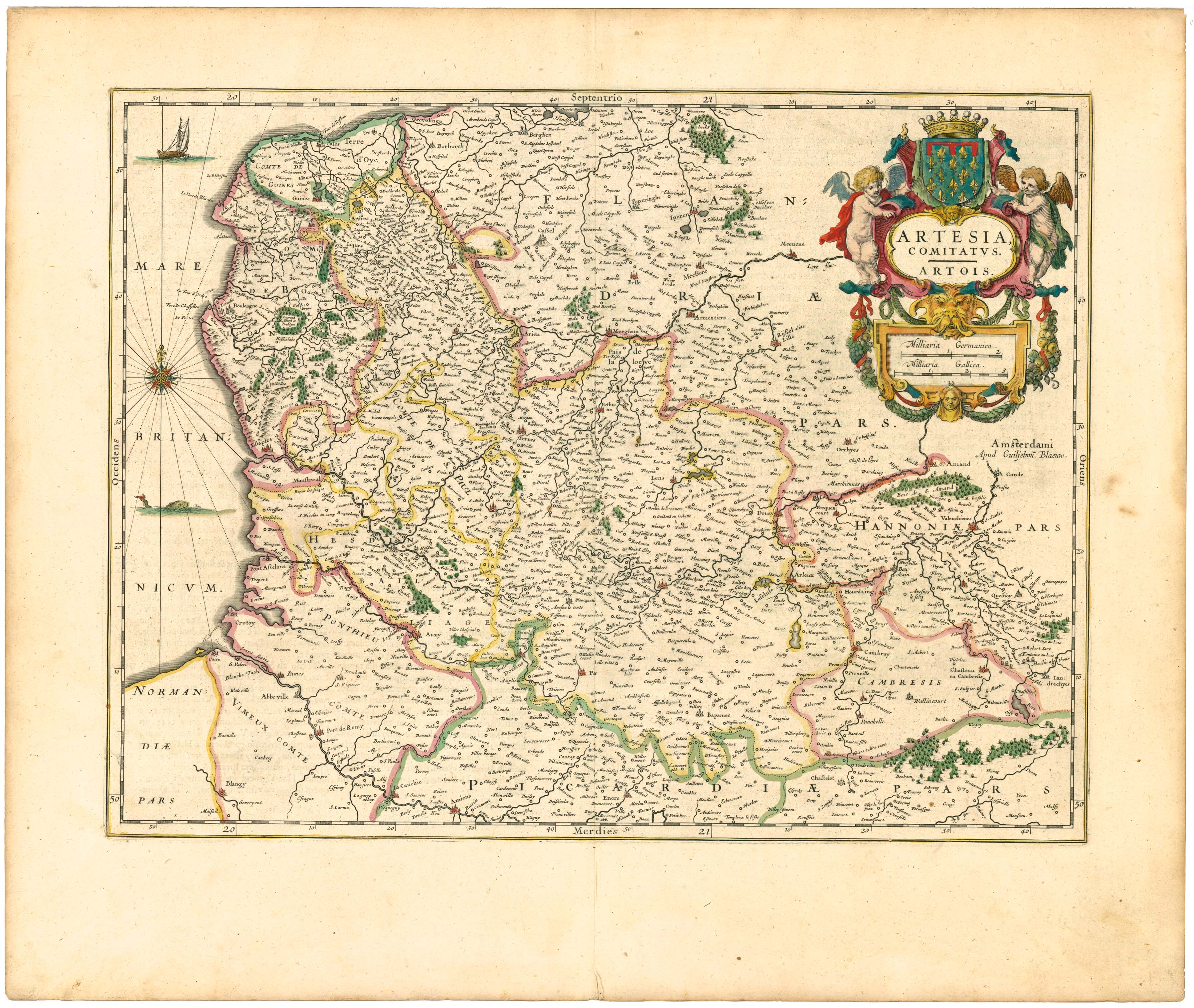|
History Of The Huguenots In Kent
The history of the Huguenots in Kent dates back to the mid 1500s. Early history First Huguenot community and exodus In the mid-16th century many Huguenots, experiencing persecution and conflict in France and the Low Countries, fled and resettled in Reformed regions such as England. Canterbury hosted the first congregation of Huguenots in England. This first Huguenot church in Canterbury was founded around 1548, in part by Jan Utenhove who relocated from Strasbourg, alongside Valérand Poullain and François de la Rivière.Cross (1898), pp. 4-6. When Utenhove travelled to London in 1549, Francois de la Rivière remained to lead the congregation. With the accession of Mary I, the Huguenot residents of Canterbury were compelled to flee in 1553–4 alongside the English Marian exiles to Emden, Wesel, Zürich, Strasbourg, Frankfurt, and later Basel, Geneva, and Aarau. Return and settlement at Sandwich After the accession of Elizabeth I, a small number of Huguenots returned to ... [...More Info...] [...Related Items...] OR: [Wikipedia] [Google] [Baidu] |
Huguenot Canterbury
The Huguenots ( , ; ) are a Religious denomination, religious group of French people, French Protestants who held to the Reformed (Calvinist) tradition of Protestantism. The term, which may be derived from the name of a Swiss political leader, the Genevan burgomaster Besançon Hugues, was in common use by the mid-16th century. ''Huguenot'' was frequently used in reference to those of the Reformed Church of France from the time of the Protestant Reformation. By contrast, the Protestant populations of eastern France, in Alsace, Moselle (department), Moselle, and Montbéliard, were mainly Lutheranism, Lutherans. In his ''Encyclopedia of Protestantism'', Hans Hillerbrand wrote that on the eve of the St. Bartholomew's Day massacre in 1572, the Huguenot community made up as much as 10% of the French population. By 1600, it had declined to 7–8%, and was reduced further late in the century after the return of persecution under Louis XIV, who instituted the ''dragonnades'' to forcibly ... [...More Info...] [...Related Items...] OR: [Wikipedia] [Google] [Baidu] |
Geneva
Geneva ( , ; ) ; ; . is the List of cities in Switzerland, second-most populous city in Switzerland and the most populous in French-speaking Romandy. Situated in the southwest of the country, where the Rhône exits Lake Geneva, it is the capital of the Canton of Geneva, Republic and Canton of Geneva, and a centre for international diplomacy. Geneva hosts the highest number of International organization, international organizations in the world, and has been referred to as the world's most compact metropolis and the "Peace Capital". Geneva is a global city, an international financial centre, and a worldwide centre for diplomacy hosting the highest number of international organizations in the world, including the headquarters of many agencies of the United Nations and the International Committee of the Red Cross, ICRC and International Federation of Red Cross and Red Crescent Societies, IFRC of the International Red Cross and Red Crescent Movement, Red Cross. In the aftermath ... [...More Info...] [...Related Items...] OR: [Wikipedia] [Google] [Baidu] |
Wandsworth
Wandsworth Town () is a district of south London, within the London Borough of Wandsworth southwest of Charing Cross. The area is identified in the London Plan as one of 35 major centres in Greater London. Toponymy Wandsworth takes its name from the River Wandle, which enters the River Thames, Thames at Wandsworth. Wandsworth appears in Domesday Book of 1086 as ''Wandesorde'' and ''Wendelesorde''. This means 'enclosure of (a man named) Waendel', whose name is also lent to the River Wandle. To distinguish it from the London Borough of Wandsworth, and historically from the Wandsworth District (Metropolis), Wandsworth District of the Metropolis and the Metropolitan Borough of Wandsworth, which all covered larger areas, it is also known as Wandsworth Town. History At the time of the Domesday Book (1086), the manor of Wandsworth was held partly by William, son of Ansculfy, and partly by St Wandrille's Abbey. Its Domesday assets were 12 hide (unit), hides, with ploughs and of me ... [...More Info...] [...Related Items...] OR: [Wikipedia] [Google] [Baidu] |
Walloons
Walloons ( ; ; ) are a Gallo-Romance languages, Gallo-Romance ethnic group native to Wallonia and the immediate adjacent regions of Flanders, France, Germany, Luxembourg and the Netherlands. Walloons primarily speak ''langues d'oïl'' such as Belgian French, Picard language, Picard and Walloon language, Walloon. Walloons are primarily Catholic Church, Roman Catholic, with a historical minority of Protestantism which dates back to the Reformation era. In modern Belgium, Walloons are, by law, termed a "distinctive linguistic and ethnic community" within the country, as are the neighbouring Flemish people, Flemish, a Germanic peoples, Dutch (Germanic) speaking community. When understood as a regional identification, the ethnonym is also extended to refer to the inhabitants of the Walloon region in general, regardless of ethnicity or ancestry. Etymology The term ''Walloon'' is derived from ''*walha'', a Proto-Germanic term used to refer to Celtic languages, Celtic and Latin speake ... [...More Info...] [...Related Items...] OR: [Wikipedia] [Google] [Baidu] |
French People
French people () are a nation primarily located in Western Europe that share a common Culture of France, French culture, History of France, history, and French language, language, identified with the country of France. The French people, especially the native speakers of langues d'oïl from northern and central France, are primarily descended from Roman people, Romans (or Gallo-Romans, western European Celts, Celtic and Italic peoples), Gauls (including the Belgae), as well as Germanic peoples such as the Franks, the Visigoths, the Suebi and the Burgundians who settled in Gaul from east of the Rhine after the fall of the Roman Empire, as well as various later waves of lower-level irregular migration that have continued to the present day. The Norsemen also settled in Normandy in the 10th century and contributed significantly to the ancestry of the Normans. Furthermore, regional ethnic minorities also exist within France that have distinct lineages, languages and cultures such ... [...More Info...] [...Related Items...] OR: [Wikipedia] [Google] [Baidu] |
Dutch People
The Dutch, or Netherlanders (Dutch language, Dutch: ) are an ethnic group native to the Netherlands. They share a common ancestry and culture and speak the Dutch language. Dutch people and their descendants are found in migrant communities worldwide, notably in Argentina, Aruba, Australia, Brazil, Canada,Based on Statistics Canada, Canada 2001 Census]Linkto Canadian statistics. Caribbean Netherlands, Curaçao, Germany, Guyana, Indonesia, New Zealand, Sint Maarten, South Africa, Suriname, and the United States.According tFactfinder.census.gov The Low Countries were situated around the border of France and the Holy Roman Empire, forming a part of their respective peripheries and the various territories of which they consisted had become virtually autonomous by the 13th century. Under the Habsburgs, the Netherlands were organised into a single administrative unit, and in the 16th and 17th centuries the Northern Netherlands gained independence from Spain as the Dutch Republic. The ... [...More Info...] [...Related Items...] OR: [Wikipedia] [Google] [Baidu] |
Flemish People
Flemish people or Flemings ( ) are a Germanic peoples, Germanic ethnic group native to Flanders, Belgium, who speak Flemish Dutch. Flemish people make up the majority of Belgians, at about 60%. ''Flemish'' was historically a geographical term, as all inhabitants of the medieval County of Flanders in modern-day Belgium, France and the Netherlands were referred to as "Flemings" irrespective of their ethnicity or language. The contemporary region of Flanders comprises a part of this historical county, as well as parts of the medieval Duchy of Brabant and the medieval County of Loon, where the modern national identity and Flemish culture, culture gradually formed. History The sense of "Flemish" identity increased significantly after the Belgian Revolution. Prior to this, the term "" in the Dutch language was in first place used for the inhabitants of the former County of Flanders. Flemish, however, had been used since the 14th century to refer to the language and dialects of both ... [...More Info...] [...Related Items...] OR: [Wikipedia] [Google] [Baidu] |
Picardy
Picardy (; Picard language, Picard and , , ) is a historical and cultural territory and a former regions of France, administrative region located in northern France. The first mentions of this province date back to the Middle Ages: it gained its first official recognition in the 13th century through the nation of Picardy at the University of Paris and entered French administration in the 14th century. Unlike regions such as Normandy, Brittany, or Champagne (province), Champagne, Picardy was never established as a duchy, county, or principality, and its boundaries fluctuated over the centuries due to the political instability in the area it covered. Since 1 January 2016, it has been part of the new region of Hauts-de-France. The first geographic description of Picardy appeared in the late central Middle Ages, including the bishoprics of Amiens, Beauvais, Arras, Tournai, and Thérouanne. In the late Middle Ages, it also encompassed Saint-Quentin, Douai, Abbeville, Béthune, Clermo ... [...More Info...] [...Related Items...] OR: [Wikipedia] [Google] [Baidu] |
County Of Artois
The County of Artois (, , ) was a historic province of the Kingdom of France, held by the Dukes of Burgundy from 1384 until 1477/82, and a state of the Holy Roman Empire from 1493 until 1659. Present-day Artois lies in northern France, near the border with Belgium. Its territory has an area of around and a population of about one million. Its principal cities include Arras (), Calais (), Boulogne-sur-Mer (), Saint-Omer (, Lens and Béthune. It forms the interior of the French département of Pas-de-Calais. In northern Gaul the Belgic tribe of the Atrebates lived in the future area of Artois, the name of which () reflects theirs. A Carolingian feudal county in its own right from the late 8th century, Artois was annexed by the County of Flanders (898 onwards). It came to France in 1180 as the dowry of a 10-year-old Flemish noblewoman, Isabelle of Hainaut, and was again made a separate county in 1237 for Robert, a grandson of Isabelle. Through inheritance, Artois once a ... [...More Info...] [...Related Items...] OR: [Wikipedia] [Google] [Baidu] |
County Of Flanders
The County of Flanders was one of the most powerful political entities in the medieval Low Countries, located on the North Sea coast of modern-day Belgium and north-eastern France. Unlike the neighbouring states of Duchy of Brabant, Brabant and County of Hainaut, Hainaut, it was within the territory of the France in the Middle Ages, Kingdom of France. The counts of Flanders held the most northerly part of the kingdom, and were among the original twelve Peerage of France#Under the Monarchy: feudal period and Ancien Régime, peers of France. For centuries, the economic activity of the Flemish cities, such as Ghent, Bruges and Ypres, made Flanders one of the most affluent regions in Europe, and also gave them strong international connections to trading partners. Up to 1477, the core area under French suzerainty was west of the Scheldt and historians call this "Royal Flanders" (Dutch: ''Kroon-Vlaanderen'', French: ''Flandre royale''). Aside from this, the counts, from the 11th centu ... [...More Info...] [...Related Items...] OR: [Wikipedia] [Google] [Baidu] |
St Peter's Church, Sandwich
St Peter's Church is a redundant Anglican church in Sandwich, Kent, England. It is recorded in the National Heritage List for England as a designated Grade I listed building, and is under the care of the Churches Conservation Trust. Early history A Norman church stood on the site of the present church by about 1100. This was probably destroyed in 1216 when Sandwich was attacked by the French. The church was rebuilt during the 13th century, it is thought, by Carmelite friars from France. At this time the church consisted of a nave with north and south aisles, a tower and a chancel. Beneath the chancel was a vaulted undercroft, which was probably used as a charnel house. During the 14th century the north aisle was widened and raised in height, and a chantry chapel was built at the east end of the south aisle. The north porch was added in the following century. In 1560 a group of Flemish Protestants from the Spanish Netherlands came to live in Sandwich, and St ... [...More Info...] [...Related Items...] OR: [Wikipedia] [Google] [Baidu] |
Sandwich, Kent
Sandwich is a town and civil parish in the Dover District of Kent, south-east England. It lies on the River Stour, Kent, River Stour and has a population of 4,985. Sandwich was one of the Cinque Ports and still has many original medieval buildings, including several listed building, listed public houses and gates in the old town walls, churches, almshouses and the White Mill, Sandwich, White Mill. While it was once a major port, Sandwich is now from the sea due to the disappearance of the Wantsum Channel. Its historic centre has been preserved. Sandwich Bay, Kent, Sandwich Bay is home to nature reserves and two world-class golf courses, Royal St George's and Prince's Golf Club, Sandwich, Prince's. The town is also a home to many educational and cultural events. Sandwich also gave its name to Sandwich, the food by way of John Montagu, 4th Earl of Sandwich, and the word ''sandwich'' is now found in several languages. Etymology The place-name 'Sandwich' is first attested in the ' ... [...More Info...] [...Related Items...] OR: [Wikipedia] [Google] [Baidu] |








